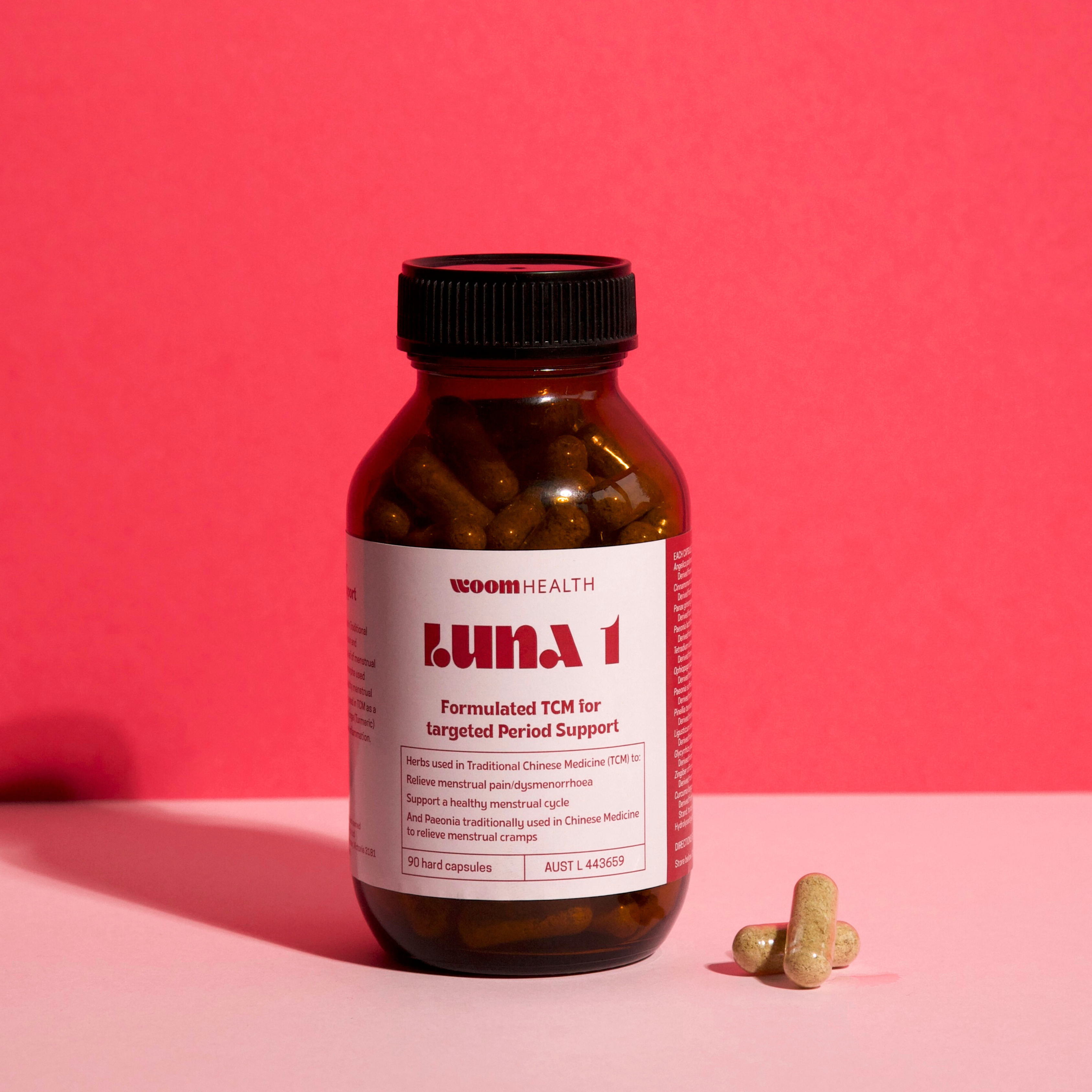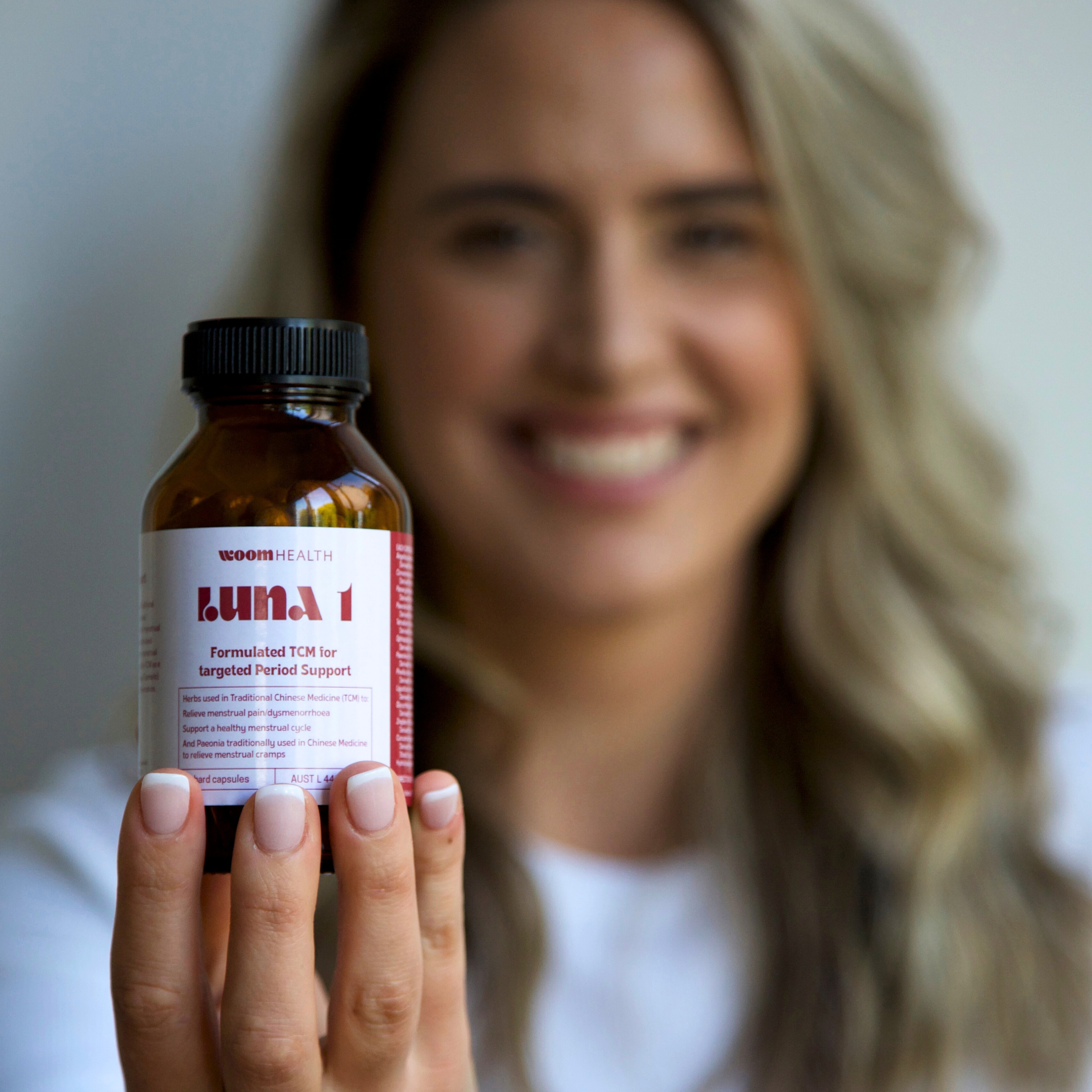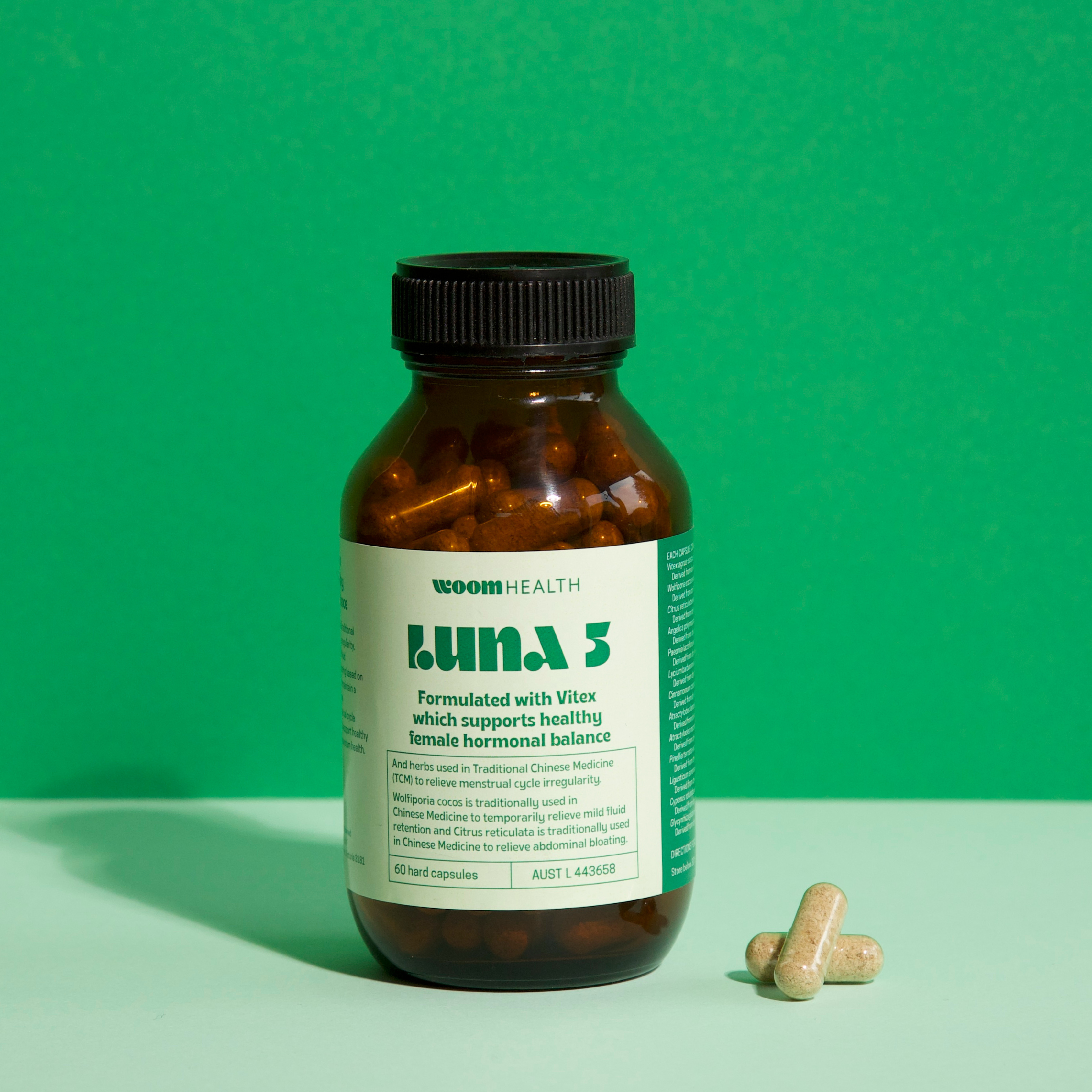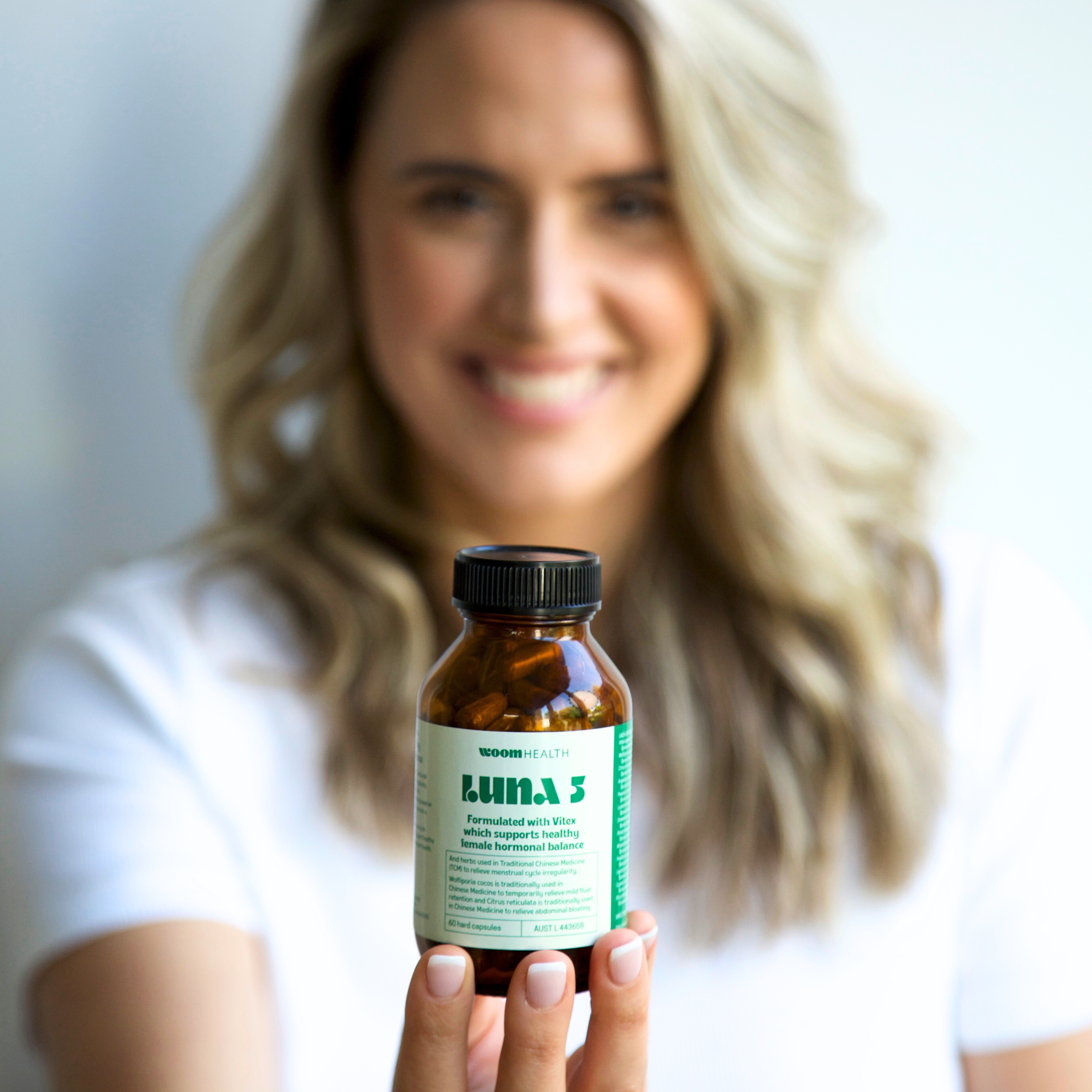The not so normal period

It takes years as menstruators to finally open up about our bodies and what we go through on a month to month basis. And no matter our age or our life experiences, we’re constantly evolving and learning as menstruators, about our bodies.
CEO Teresa Truda interviewed Dr Amanda Waaldyk with some transparent questions around our periods. Read below for part one of the not so normal period.
What is your period?
Your period, or as we like to call it; menstruation is the expulsion of the endometrial lining of the uterus following a nearly month-long preparation for embryo implantation and pregnancy.
When we are pregnant, our uterus expands and that’s what they measure when you dilate.
What does my 5th Vital Sign mean?
Just like our body temperature, our respiratory rate, our heart rate and our breathing rate, The American College of Gynaecology and Obstetrics have now coined a term that our period is our fifth vital sign. It’s incredible to see that menstruators’ bodies are receiving the recognition they deserve.
When we go to a gynaecologist, they don’t really spend a lot of time asking you about your period. But when you think about it, women will have around 4 to 500 periods over their lifetime. It’s huge! It’s time to think about all of those years you have been disconnected to your cycle. Whether that’s because you have been taking the oral contraceptive pill, or you’ve been diagnosed with endometriosis- your body naturally disconnects to your menstrual cycle.
ANP’s mission is to educate every menstruator globally about the importance of their 5th Vital Sign. It’s time we start to get to know our bodies and to really understand what each month has to offer in terms of our biological health, our menstrual health, reproductive health and also our overall health.
What does a healthy period look like?
ANP has created a healthy monthly report card that shares data with you. It’s important to then decode that data. A normal period in Chinese medicine means your period should just arrive. Basically, it’s like a non event. So your blood should just appear and not give you any pain.
You shouldn’t feel cramping to the point where it’s on a pain scale, nor should you feel like you are needing time off school and work. It should be a fresh red. It’s important to also look at the volume of your blood; changing your tampon or pad every 4 hours or if you use a menstrual cup; 30 to 50 mls. Above 50 ml is considered heavy.
We also don’t want you to be flooding on your cycle; plus clots are a no. So, basically you should bleed a fresh red colour that doesn’t have clots and no pain associated. A healthy cycle should also last between 25 to 35 days.
How do we change the way we think about our periods?
Well, this is why ANP are here. Our mission is to educate every woman and menstruator globally about their fifth vital sign; purely for the reasons I’ve just stated. Gynaecological healthcare is so overlooked and women are only offered bandaid solutions that mask their underlying conditions. We don’t get the opportunity to examine what the root causes are.
What is a period palette?
A period palette is what we use at ANP to determine what our menstrual blood means. Blood colour can range on a spectrum from light pink, all the way through to a dark purple to a black. If we have these colour changes it can indicate to a certain type of condition. For example, if you’ve got a heavy flow and your blood is a dark red then you potentially have estrogen dominance going on; which can indicate fibroids or polycystic ovarian syndrome, even endometriosis.
If your period blood is purple, that indicates that there is deep stagnation within the uterus and the blood is not flowing properly. It would be expected that someone with this colour blood would be experiencing crippling pain. So, there’s all these underlying conditions that we aren’t really being diagnosed with and women are being dismissed.
How do I read a menstrual cycle chart?
So, we’ve got estrogen and progesterone at different times of our cycles. Our mood fluctuates along with those hormones, and so as part of that we move with the seasons. We are nature, menstruators of nature. And so we too have our inner seasons like the seasons around us.
In terms of your menstrual cycle chart or monthly report card; ANP have designed a card that you can download from our website. It prompts you to observe your bleed with different columns and categories. What is the quality of your blood? Are there any clots? Do you have pain? Mood changes? Diet changes? This chart will allow you to build a really intimate relationship with your menstrual cycle. Over consecutive months you will be able to observe if you are meeting your flow goals.
What are flow goals?
As you become more educated around your 5th vital sign, you will be able to identify what is a ‘normal’ period and start to familiarise yourself with what you want to achieve with your menstrual cycle. By using your menstrual cycle chart, you can look back and review every few months and see what changes your body is experiencing.
Tell me a bit more about your story with your period.
I was fortunate that I had a very positive first experience with my period. My mum sat me down and had a good conversation about what my period was. I also had a book called ‘Every Girl’. I was in Lakes Entrance and got out of a spa and I saw that I had my period. My mum said it was time to celebrate, so down the street to celebrate we did.
What are your hopes for the future generations around the stigma of periods?
I want to leave an imprint for the future generations of menstruators. Personally having a daughter I know it’s really important to change that dialogue and stigma. So when another generation comes through, there is no period chain. There is no period stigma. It’s not a taboo topic and it’s normalised. It’s a normal bodily function that we have every month. And that’s what we really need to reiterate here. Periods are normal and we shouldn’t have to feel that we have to hide or feel shameful for bleeding. Plus, on an educational level we need our general practitioners to be taken into consideration. Our 5th vital sign is telling us so much- we all know our bodies so well so when something doesn’t feel right, we shouldn’t just be dismissed. I have been a practitioner for 15 years now and there is an underlying theme that people are just being dismissed.
What things can affect my cycle?
Everything we are doing in our life can effect our cycle. What are we doing for movement and what are we putting into our bodies nutrition wise. Ensuring you nourish your body because hormones, food and nutrition are the building book for our 5th vital sign.
If we are eating a poor diet, we’re going to be nutritionally deficient as well as minerally deficient. Our cortisol levels are extremely important. What’s our stress doing? Stress is a major factor in irregular periods and chronic gynaecological conditions. Ensuring we look at meditation, connecting with nature, and good self care practices are a good place to start. That is a little reminder to slow down, come back to our body and then to also remember we can still enjoy the things we love; even that pizza you want to eat, in moderation. There is nothing wrong with treating yourself; it’s about living a balanced lifestyle and looking after yourself holistically from diet to exercise, meditation and mind.
Why do I crave certain foods before my period?
Within the endometrial linings, we have a gland that changes its modulates into glycogen proteins. Hencye, when we’re coming to bleed it moves into glycogen, glycogen energy. So the body naturally wants sugars. So that’s why we actually have those cravings because the body is getting ready to release the endometrium and release the lining. Ultimately, we’re losing blood and energy; which is why we are craving chocolate and sugars.
If something doesn’t feel normal in your body, what do you do?
That is your body telling you something isn’t right. Trust your intuition. Seek medical advice from a trusted doctor and don’t give up until you have answers.
What do we do if we clot in our period?
Clots can be the shedding of the endometrial lining. It’s also the body’s way of producing coagulation. If there’s too much blood flow, that’s when it starts to clot. A clot that is a little grainy would be considered semi-normal in Chinese Medicine. If you start to clot bigger than a five or ten cent piece then that needs to be investigated.
What is the the length of a healthy cycle?
Normally, a cycle lasts between 25-35 days. But what we aren’t taught, is that each month we ovulate from left to right. So in our Endocrinology books, we learn that one month you might release an egg from the right side on day 27, but then on day 30 you release an egg from your left side. So when you start to track your cycle, you’ll start to see a pattern and may have a more dominant side.
But, if you’ve got a period that comes at day 27, then day 40 then day 50, then it’s an irregular cycle. This is where you need to establish whether there are any underlying conditions such as Polycystic Ovarian Syndrome. This can be examined through blood work and an internal pelvic ultrasound. Looking at your androgen profiles to see an irregular period and then multiple follicles on either side greater than 26 generally poses a diagnosis of polycystic ovaries.
Want to find out more?
This post has been extracted from our conversations in our Womb Talks IGTV series. To listen or watch our episodes, visit YouTube or listen to our Podcast.
Click on the video below to watch the full episode.
ANP are creating a revolutionary movement, and it all starts with each and every menstruator (that’s you) understanding the fundamentals of their 5th vital sign (their menstrual cycle).
Get social & follow us for the latest on your gynae health.








